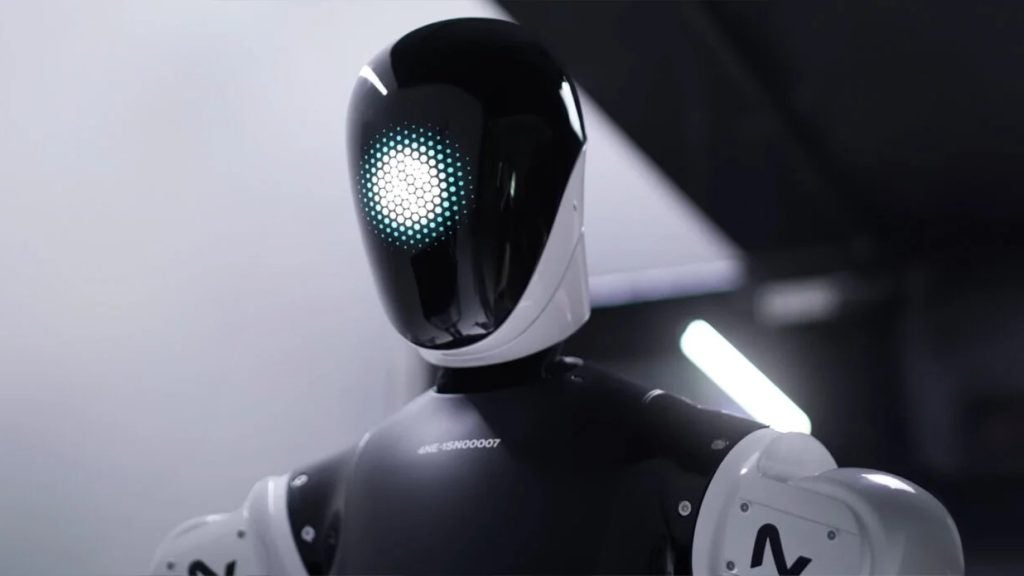Gotham City—the home of Batman, his allies, and an extensive rogues’ gallery—is a crime-ridden cesspit—but with more gadgets than you can shake a ‘smart’ stick at.
Alongside its colourful cast of heroes and villains, it is home to some incredibly futuristic technology. From Batman’s gadgets to his villain’s criminal enterprises, cutting-edge tech has been a common sight in Gotham for more than 80 years. Below, we will look at a few examples from the extensive annals of Batman lore and consider how realistic these technologies are in 2024.
Exoskeletons
The Caped Crusader traditionally dons a lightly armoured suit and cape made of Kevlar or similar high-strength material. This is usually the extent of his defensive capabilities. But that is not the case for his enemies.
Throughout the years, the rogues of Gotham have donned armour and exoskeletons to take on Batman.
The fanatic Azrael donned an armoured battle suit after taking on the mantle of the bat in the 1990s, and the Preston Payne incarnation of Clayface used an exoskeleton to gain incredible strength and protect himself following an experiment gone awry.
The exoskeletons used to combat Batman are not a world away from the technologies of today’s battlefields.
How well do you really know your competitors?
Access the most comprehensive Company Profiles on the market, powered by GlobalData. Save hours of research. Gain competitive edge.

Thank you!
Your download email will arrive shortly
Not ready to buy yet? Download a free sample
We are confident about the unique quality of our Company Profiles. However, we want you to make the most beneficial decision for your business, so we offer a free sample that you can download by submitting the below form
By GlobalDataThe US Army’s Foreign Military Studies Office states that China’s state-run defense corporation, NORINCO, has been researching powered exoskeletons since 2013. Furthermore, GlobalData’s Soldier Modernisation report describes how The Chinese People’s Liberation Army deployed exoskeletons in a supporting role during a 2020 border dispute with India. Elsewhere, Russian infantry units were outfitted with RATNIK combat outfits in the 2020s, with the next-generation Sotnik armor likely to replace these soon.
The metaverse
Batman is no stranger to the digital realm. 1990’s Batman: Digital Justice was one of the world’s first computer-generated comic books and saw a future incarnation of Batman venturing into the online world to take on a computer virus built by the original Batman’s archenemy, the Joker.
In 2011, Batman and Oracle returned to the internet in a single-issue story homaging the original, titled ‘Nightmares in Numberland’. Both stories have a goofy Tron-esque quality to their depictions of a virtual online world—the first unintentionally, the second in loving tribute—full of ones and zeroes and bright colours.
The closest thing we have to this is the metaverse, a virtual world where users share experiences and interact in real time within simulated scenarios. However, it seems that fiction has made the idea of fully explorable virtual worlds more exciting than the reality. Aside from the flat and lifeless vistas of the metaverse, writers failed to anticipate the apathy the technology would be greeted with by consumers.
As GlobalData’s Metaverse report states: “Limited knowledge of the theme, unimpressed consumers, the postponing of projects by Big Tech, and concerns with privacy and security have resulted in a metaverse winter.”
But it is not all doom and gloom. Despite hardships, the metaverse economy is predicted to recover from its hard winter and be worth $400bn by 2030. So, with any luck, we might find ourselves in a digital Gotham before the end of the decade.
Autonomous vehicles
Batman has always been technologically ahead of the curve, thanks to his position as CEO of Wayne Enterprises. Nowhere is this more evident than in his choice of vehicle.
The iconic Batmobile can simultaneously act as a tank and extension of the Batcave supercomputer. However, one recurring and more realistic feature is its autonomous driving capabilities.
This was seen back in the 1966 TV series when the autopilot function helped save Batman and Robin from a trap set by the Penguin—and it reappeared in Tim Burton’s 1989 film.
The Batmobile is an example of Level 5 autonomy: a fully self-driving vehicle. GlobalData’s Future of Industrials report makes it clear that these kinds of vehicles are a long way off, but Level 4 autonomous vehicles—those that can do all the driving, albeit within set parameters—are a lot more achievable. These will be commonplace by 2035 and are already appearing in cities worldwide.
Greatness from small beginnings
Though many of the technologies seen throughout Batman’s history were works of science fiction when they were written, many are becoming realities and will be here sooner rather than later.
Sadly, the technology will not be used for exciting purposes.
In reality, instead of driving Batmobiles we can look forward to paying excessive prices for autonomous taxis, while the super-rich run for President instead of becoming masked heroes.







